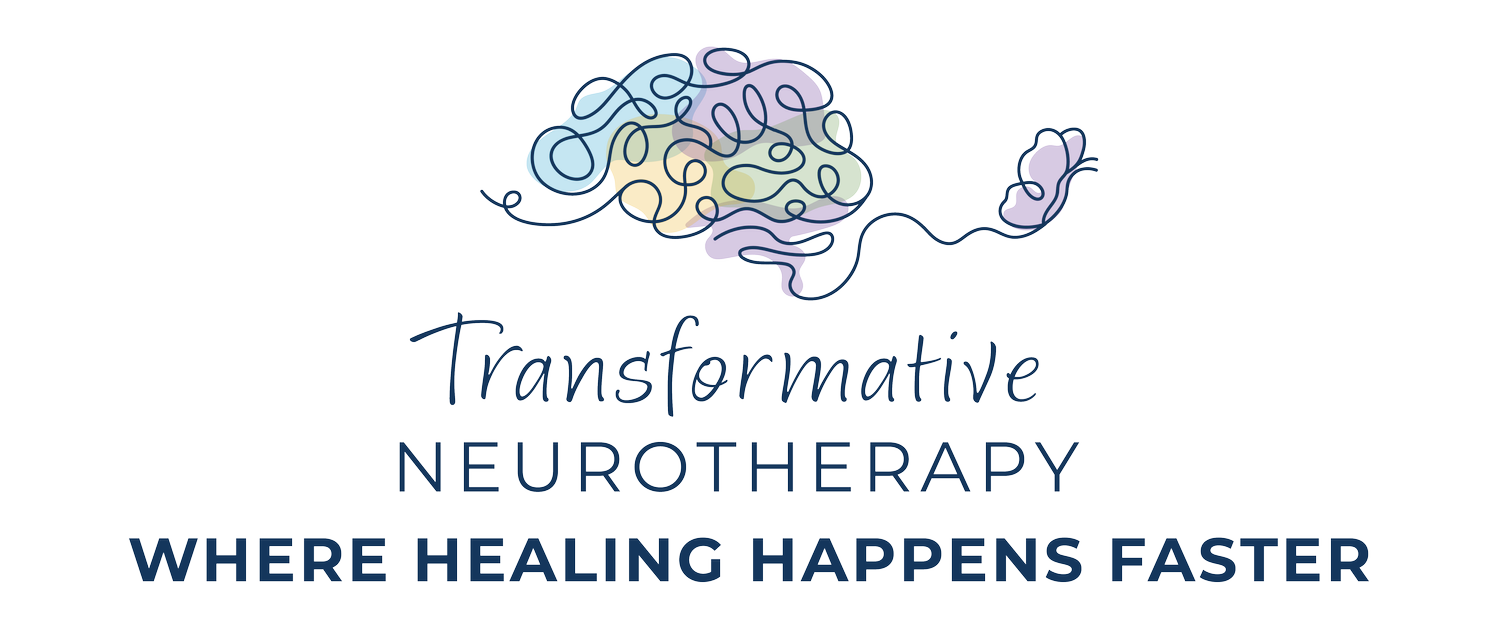LIFTING THE GRAY: DEPRESSION AND BRAIN BALANCE WITH NEUROTHERAPY (Podcast Episode 8)
by Heather Putney, PHD, LMFT, CSAT-S, QEEG-DL
EXECUTIVE DIRECTOR, FOUNDER
Untethered Therapy and Transformative Neurotherapy
Depression is often treated like a single problem with a single fix, but in my experience, the brain rarely works that way. While symptoms may look similar on the surface—low mood, flat energy, foggy focus—the underlying neural patterns vary widely from person to person. That’s why I always start with a brain scan. It changes the game. Instead of guessing, I can see where activity is overactive, underactive, or locked into rigid patterns, and then tailor neurotherapy accordingly. This level of precision matters. When treatment targets the right areas, clients tend to feel changes more quickly—and hold those gains longer.
People often ask me whether neurotherapy means they can skip medication. The answer isn’t black and white. Neurotherapy can complement medication or, in some cases, reduce reliance on it by helping the brain learn to regulate itself. It’s not about replacing one tool with another—it’s about building a more adaptive system.
One common pattern I see in clients with depressive symptoms is hemispheric imbalance. Imagine the right hemisphere running hot while the left drifts low. That tilt affects mood, motivation, and outlook. Through neuromodulation, I can nudge the left side to engage while calming the overactive right, restoring a sense of emotional steadiness. Another pattern I often find is hypercoherence in the frontal lobes—where networks become too synchronized and lose flexibility. This shows up as all-or-nothing thinking, emotional reactivity, and difficulty adapting. By training the prefrontal cortex for flexibility, we help executive functions and emotional regulation come back online.
Clients frequently describe their experience in ways that validate the data. Some say the world felt gray before treatment and more vivid after. That shift isn’t just emotional—it’s neurological. The brain starts processing signals with better balance and clarity.
It’s tempting to hope for a single-session fix, but neurotherapy behaves more like physical therapy for the brain. Each session trains circuits toward healthier patterns until the brain can run those patterns on its own. A typical session lasts about an hour, with 30 to 40 minutes of active treatment plus setup and assessment. Early on, effects may last 24 to 48 hours, so frequency matters. Many clients begin with three sessions per week for several weeks, then taper as their brain holds the gains between visits. For those in a rough patch, I sometimes recommend an intensive—two sessions a day for a week—to jumpstart change. While timelines vary, I’ve found that depression and anxiety often shift faster than developmental or injury-related cases, because the recalibration required is less extensive.
Lifestyle still plays a decisive role. Sleep quality is one of the biggest levers. Poor routines can mute treatment gains. Caffeine’s six-hour half-life means that a late-afternoon coffee can linger into the night, reducing deep sleep and sabotaging mood resilience the next day. Many of my depressed clients also struggle with sleep architecture, so I often include sleep stabilization as part of the training. Movement, nutrient-dense food, and stress hygiene amplify the benefits by lowering inflammation and fueling neural repair. When needed, I coordinate with psychiatrists, functional medicine physicians, and other professionals to keep the plan coherent. The goal isn’t just symptom relief—it’s durable self-regulation that holds without constant external support.
The lasting promise of neurotherapy is learning. Medications can be life-changing, but they often create a temporary state shift that fades when the dosage changes or stops. Neurotherapy teaches the brain how to produce healthier patterns independently. Once learned, those patterns tend to persist—unless disrupted by injury or major stress—in which case a short tune-up may be all that’s needed. Clients often report newfound steadiness. Colors feel brighter not because of a chemical nudge, but because the brain is processing with better balance and flexibility. When we align targeted training with smart habits and, when appropriate, medical support, healing doesn’t just happen faster—it becomes sustainable.
